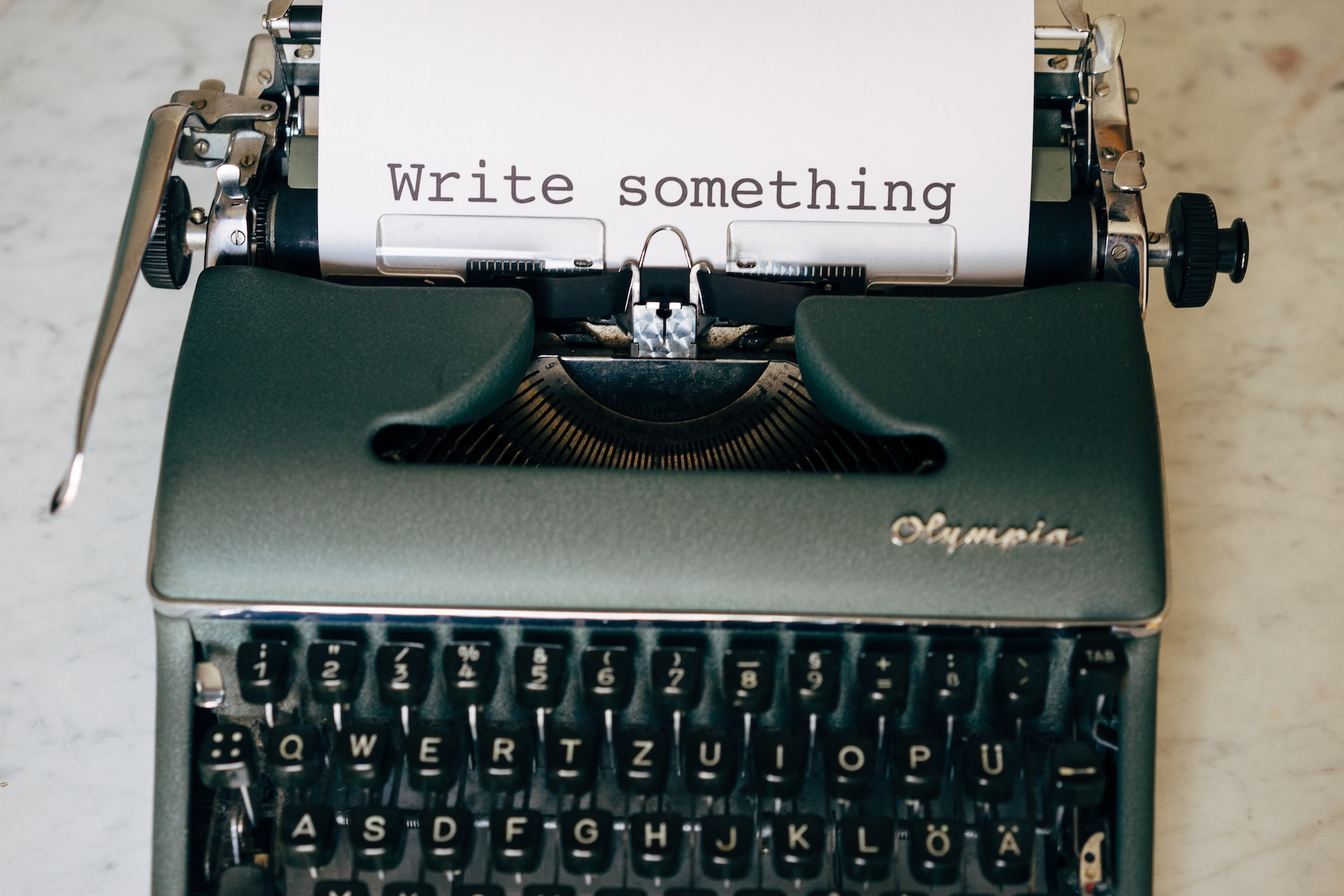Mastering Manuscript Formatting: Essential Tips for a Polished Piece
A manuscript, the unpolished gem of a writer’s work, is the original text of an author’s book, article, or other written work before it has been published. Often, this is the version of the piece that gets submitted to agents, publishers, or even beta readers for feedback and evaluation. It’s no surprise, then, that the formatting and presentation of a manuscript can significantly influence how it is received by these critical eyes.
Have you ever picked up a book that was challenging to read because of its poor formatting? Or struggled to navigate a manuscript with inconsistent spacing and headings? If so, you’re not alone. The truth is, the way you format your manuscript can make or break the reading experience. The good news? You’ve come to the right place to learn how to make your manuscript shine!
In this blog post, we’ll dive deep into the art of manuscript formatting, discussing the essentials that will transform your writing into a polished and professional piece. From font choices and margin settings to dialogue formatting, our comprehensive guide will provide you with all the information you need to format your manuscript like a pro.
The Basics of Manuscript Formatting
In this section, we’ll break down the fundamental aspects of manuscript formatting that every writer should be aware of. Paying close attention to these details will not only give your work a professional appearance but also make it easier for your readers, literary agents, or publishers to navigate your manuscript with ease.
Font style and size
The first aspect to consider when formatting your manuscript is the choice of font and size. While it might be tempting to get creative with font styles, it’s best to stick to the classics for a clean and professional look. Some standard choices include Times New Roman, Arial, and Courier New. In general, it’s wise to choose a serif font for print manuscripts and a sans-serif font for digital manuscripts.
As for font size, 12-point is the most widely accepted standard, as it’s large enough to be easily legible without overwhelming the page. Whichever font and size you choose, remember that consistency is key—ensure that the same font and size are used throughout your entire manuscript.
Margins and spacing
Proper margins and spacing are crucial for maintaining readability and giving your manuscript a polished appearance. For most manuscripts, set one-inch margins on all sides (top, bottom, left, and right). This leaves enough white space around the text to prevent the page from looking cramped or cluttered.
When it comes to line spacing, double-spacing is the industry standard, as it allows for easy reading and leaves room for notes and comments during the editing process. However, exceptions can be made for specific genres or publication requirements, so always check submission guidelines if applicable.
Page numbering and headers
To make your manuscript easy to navigate and reference, be sure to include page numbers and headers. Page numbers should appear at the top or bottom of each page, usually in the right or center position. Headers, on the other hand, often display the author’s last name and a shortened version of the manuscript’s title. These should be placed on the top left or right corner of each page, opposite the page numbers.
Scene breaks and chapter breaks
Differentiating between scene breaks and chapter breaks is essential to guide your readers through your story smoothly. Scene breaks can be denoted by a blank line or a centered symbol, such as an asterisk (*) or a pound sign (#). Chapter breaks, on the other hand, require starting a new page and displaying the chapter title or number. To ensure visual clarity, leave a few blank lines before and after each scene or chapter break.
By adhering to these basic formatting guidelines, you’ll be well on your way to presenting a clean, professional manuscript that is easy for your readers to enjoy and navigate.
Manuscript Format Elements: Dialogue and Punctuation
Now that we’ve covered the fundamental aspects of manuscript formatting, it’s time to delve into the more nuanced elements that can elevate your writing even further. In this section, we’ll discuss the proper formatting of dialogue and punctuation, two crucial components of any manuscript that can significantly impact the readability and flow of your story.
Formatting dialogue
Dialogue is an essential part of storytelling, and correctly formatting it ensures that your readers can easily follow the conversation between your characters. Here are some key points to keep in mind when formatting dialogue in your manuscript:
- Enclose spoken words in double quotation marks to clearly indicate dialogue. Single quotation marks should only be used for quotes within dialogue.
- To avoid confusing readers, always start a new paragraph when a different character begins speaking. This makes it clear who is speaking at any given moment.
- Dialogue tags, such as “he said” or “she asked,” help identify the speaker and clarify the tone of their speech. Place these tags either before, after, or within the spoken words, and use a comma to separate them from the dialogue.
- Maintain consistency: Ensure that you follow the same formatting rules for dialogue throughout your entire manuscript. Consistency is key to keeping your readers immersed in your story.
Punctuation rules
Proper punctuation is crucial for maintaining clarity and readability in your manuscript. While there are numerous punctuation rules to consider, we’ll focus on a few key points that are particularly relevant to manuscript formatting:
Use the Oxford comma
Also known as the serial comma, the Oxford comma is placed immediately before the coordinating conjunction (usually “and” or “or”) in a list of three or more items. Using the Oxford comma helps prevent ambiguity and is widely recommended in manuscript formatting.
Know when to use an em dash or en dash
An em dash (—) is used to indicate a sudden break in thought, while an en dash (–) is used to represent a range or connection between words. Be sure to use the appropriate dash type in your manuscript and maintain consistency throughout. Know the difference between a hyphen and a dash.
Understand ellipsis usage
An ellipsis (…) is used to indicate a pause or omitted text in a sentence. When using an ellipsis, make sure to space it correctly—there should be a space before and after the ellipsis, as well as between each period.
Keep punctuation inside quotation marks
When punctuating dialogue, ensure that all punctuation marks (commas, periods, question marks, etc.) are placed inside the quotation marks.
By mastering the formatting of dialogue and punctuation in your manuscript, you’ll create a smooth and engaging reading experience that keeps your readers immersed in your story from start to finish.
The Finishing Touches: Title Page and Table of Contents
With the basics of manuscript formatting and dialogue and punctuation rules under your belt, it’s time to put the finishing touches on your masterpiece. In this section, we’ll discuss how to create an eye-catching title page and an organized table of contents that will give your manuscript a polished, professional appearance from the very first page.
Crafting a professional title page
The title page is the first impression your manuscript makes on a reader, agent, or publisher. It’s essential to create a clean, well-formatted title page that clearly conveys the necessary information. Here’s what you should include on your title page:
Manuscript title
Display the title of your work prominently in the center of the page, using a slightly larger font size than the main text (14 or 16-point is recommended). If you have a subtitle, place it below the title in a smaller font size. Make sure you are capitalizing the title correctly.
Author’s name
Beneath the title, include your full name or pen name, centered and in the same font size as the main text.
Contact information
In the top or bottom corner of the page, list your contact details, including your mailing address, phone number, and email address. This ensures that agents or publishers can easily reach you.
Word count
If you’re submitting your manuscript to agents or publishers, it’s a good idea to include the approximate word count at the bottom of the title page. This information helps them gauge the length and scope of your work.
Organizing a table of contents
A well-organized table of contents is essential for guiding your readers through your manuscript and allowing them to easily locate specific sections or chapters. Here’s how to create a reader-friendly table of contents:
- Begin by listing the titles or numbers of each chapter or section in your manuscript. Be sure to use the same formatting (font, size, and style) as the main text.
- Next to each chapter title or number, provide the corresponding page number. This allows readers to quickly find the desired section of your manuscript.
- Ensure that the formatting of your table of contents is consistent with the rest of your manuscript. This includes using the same font, size, and spacing throughout.
- As you revise your manuscript, don’t forget to update your table of contents to reflect any changes to chapter titles, numbers, or page numbers.
By dedicating attention to these finishing touches, you’ll create a polished, cohesive manuscript that leaves a lasting impression on your readers and sets the stage for a captivating reading experience.
As we wrap up our comprehensive guide to manuscript formatting, it’s essential to remember that attention to detail and consistency are the cornerstones of a polished and professional manuscript. By adhering to the formatting guidelines we’ve discussed—from font choices and margin settings to dialogue formatting and genre-specific considerations—you’ll create a captivating reading experience that keeps your audience engaged from start to finish.
Keep in mind that formatting is just one aspect of presenting your best work to the world. Pairing your expertly formatted manuscript with compelling storytelling and thorough editing will set the stage for success, whether you’re submitting to agents, publishers, or sharing your work with readers directly.

